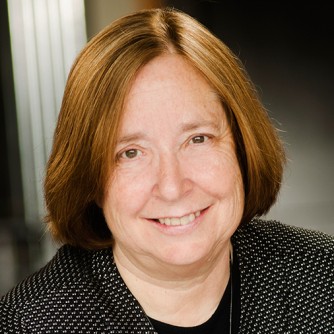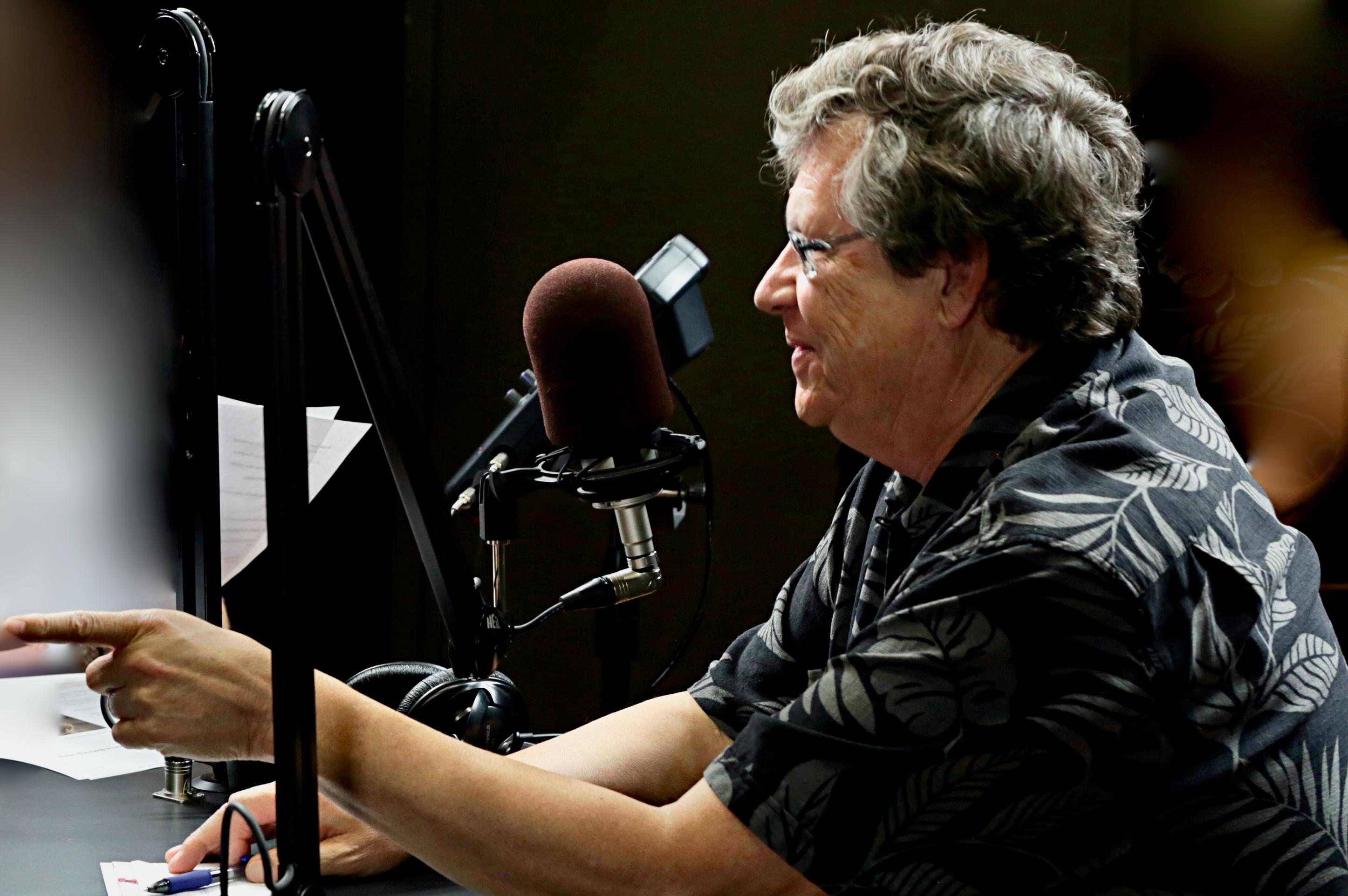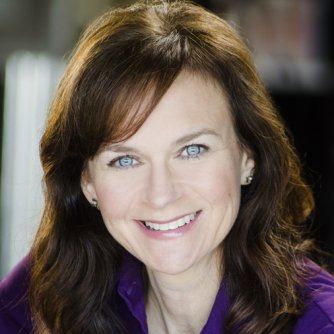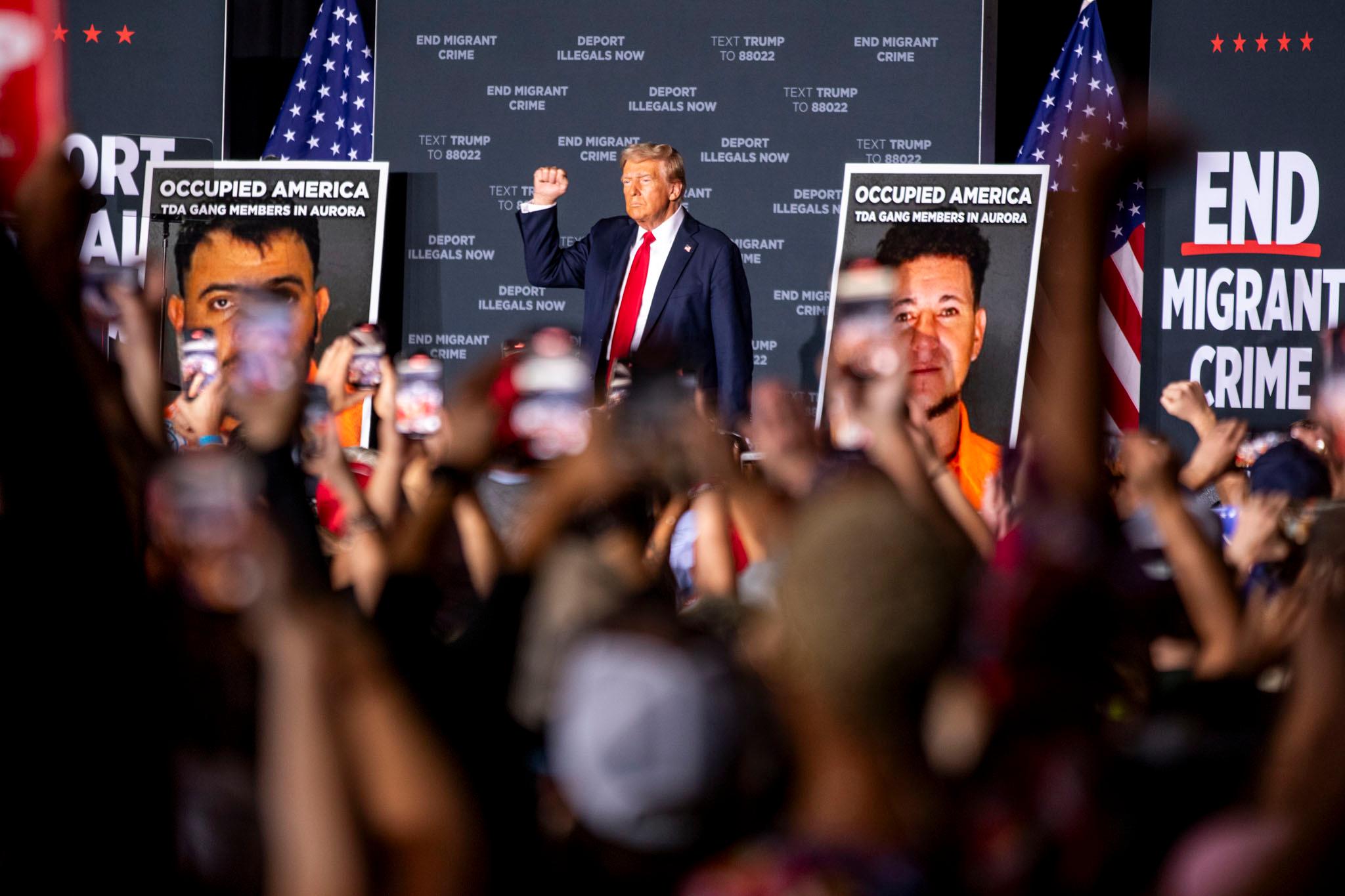
Jean Dubofsky was the first female justice on Colorado's Supreme Court, and hit the height of her career by winning a landmark Colorado case in the U.S. Supreme Court.
Dubofsky's professional arc, recounted in a new biography, reflects the fight many women faced when they began their careers in the 1960s. Dubofsky, for instance, got her first career boost when she won a Betty Crocker Homemaker of Tomorrow" award. But then she had to endure Harvard Law School, including "Ladies' Day," the only day of the year women were allowed to speak in class. Fast forward to 1979, when she became the youngest, and the first female, justice on the Colorado Supreme Court. After leaving that post, Dubofsky became the lead attorney in a U.S. Supreme Court case that challenged a state constitutional amendment -- known as Amendment 2 -- that banned anti-discrimination protections for gays. In 1996, the Supreme Court overturned the amendment.
Dubofsky tells her story to biographer Sue Casey in the new book "Appealing for Justice: One Colorado Lawyer, Four Decades and the Landmark Civil Rights Case: Romer v. Evans." They spoke with Colorado Matters host Ryan Warner.
Read an excerpt from Appealing for Justice
By Susan Berry CaseyPrologueFor the generation that came of age during the 1960s, those raucous and oftentimes painful years continue to exert a strong hold some fifty years later. For most, the nostalgia surrounding Woodstock continues to define those times, although only a small percentage of that generation actually traveled down those New York country roads to experience rainy days engulfed by pulsating rock bands, free love, and psychedelic fogs. For many others, it is the searing images of that decade that are etched in memory. Images of local sheriffs unleashing water cannons and attack dogs on young Negroes. Images of gloating, white-hooded Klansmen carrying torches, a burning shack or cross on a lawn in the background. During the halcyon 1950s in most of America, young people lived a “Happy Days” existence. But for Negroes, as they were called then, the 1950s were not happy days at all. In the Deep South, discrimination, segregation, and poverty was a way of life. States were governed by Jim Crow laws that prevented blacks from sitting at lunch counters, drinking from water fountains, holding good paying jobs, going to school with white children, or exercising their right to vote. Signs everywhere directed “coloreds” to a separate, less-than equal life. Lynching was common, going virtually unnoticed and unreported, until one hot August day in 1955 when 14-year-old Emmett Till was beaten and hung from a tree in Mississippi for the crime of speaking to a white woman in a store. That same year, Rosa Parks was arrested for refusing to move to the back of the bus. As the decade of the fifties came to a close and a new president came into office, bus boycotts, lunch counter sit-ins, freedom rides, and attempts to integrate public facilities and universities were in full swing in Little Rock and Montgomery and scores of cities throughout the South. But across the rest of country, nobody really knew what life was like in that part of America. That all changed with the advent of television. The bulky consoles that arrived in the mid-1950s were initially intended to deliver entertainment of the I Love Lucy, Davy Crockett, and The Guiding Light sort. But soon television also began to bring images of this other America into living rooms across the country. Still, coverage of the times and events of the day was minimal, barely an afterthought to television executives until the networks’ fledgling news divisions made a major breakthrough in the fall of 1959 with the first live presidential debates between Richard M. Nixon and John F. Kennedy. After more than 60 million Americans sat glued to their sets for four nights, one debate per week over a four-week period, network owners suddenly recognized the vast potential for television beyond entertainment. With the launch of TV satellites in 1963, nightly network news shows expanded from 15 to 30 minutes and the images that began filling the screens were a revelation. America witnessed grainy film footage of farm worker boycotts; of governors standing at school house doors to prevent black students from enrolling; of protestors being pushed and beaten by sheriffs and attacked by police dogs; of federal troops being dispatched to Mississippi and Alabama and Georgia; of the bombing that killed four little girls at the Sixteenth Street Baptist Church in Birmingham. That year America was also able to watch President Kennedy as he traveled abroad, including his June speech before more than a hundred thousand cheering Germans at the Berlin Wall. It was his assassination, however, that forever changed the public’s relationship with television. All networks ceased other programing and for four straight days they provided “live” coverage of all aspects of the assassination tragedy, ending with Kennedy’s funeral and burial. For a brief moment in time, all Americans watched as one America. From that day forward, for thirty minutes every night, and with periodic special reports and documentaries, television provided increasing evidence of what kind of country we were. And the evidence suggested a broad betrayal of values thought to be the essence of our democracy. It was almost inevitable that the long-simmering civil rights movement would now burst out of the shadows of the South and into the national spotlight. By the end of the decade, the Vietnam War, marked by years of lies by politicians and generals, and the loss of tens of thousand of American lives, fueled a further loss of faith in the country’s institutions and leadership. It gave rise to a fierce and raging anti-war movement that paralleled and intermingled with the fight for racial justice. As the sixties rolled into the seventies it was sometimes impossible to tell where one protest movement ended and another began. Half the population experienced discrimination, inequities, and injustice that was personal. In many states women could not take out a loan or buy a car without the signature of their husband or father. They could not plan their pregnancies or apply for well-paying jobs advertised as “male only,” or receive the same pay for doing the same work. Women found little opportunity in the workplace outside of teaching, nursing, or secretarial jobs. Even graduates of the most prestigious law schools were denied entry-level positions in legal firms simply because of their gender. There were no women CEOs among the Fortune 500 corporations, no female generals or admirals in the United States military, no women on the United States Supreme Court. And the only two women serving in the United States Senate, Sen. Margaret Chase Smith of Maine and Sen. Maurine Neuberger of Oregon, began their congressional careers succeeding their husbands who had died while in office. All across the country and in all levels of political, professional, and corporate leadership, in the boardrooms and backrooms where decisions were made, women were neither present nor welcome. For blacks, for the poor, for women, for the hundreds of thousands of young men being sent to war, the injustice, the inequality, and the immorality demanded a response. Social justice movements became that response. Pervasive protests, sit-ins and marches, college take-overs, and growing violence all became part of the mix during the years and times when the country appeared to be coming apart at the seams. It seemed to happen overnight. Life was good in the post-war fifties, or so it seemed. Then suddenly it wasn’t anymore. Not at home, where hope turned to despair as a country tried to make sense of the violence begetting violence, even the assassination of a president. And not in the world that America had supposedly saved from tyranny. An Iron Curtain, symbolic and real, descended upon Europe; the Soviet Union launched Sputnik; and hostilities of monumental proportions seemed possible yet again. In Berlin, in outer space, and on the shores of Cuba, just 90 miles off the coast of Florida, there was suddenly so much at stake and so much in jeopardy. It is a wonder that we found our way back as a country. Many of us are familiar with the stories of the era’s political leaders, of the well-known civil rights champions and anti-war leaders, and of the feminist icons of the women’s movement, all who led efforts to right the ship of state. We know far less about the quieter, less visible figures who turned, not to protest or politics or bombs and violence, but to a life of justice. Their stories shine a powerful light into the corners and around the edges of that time in America’s history that everybody thinks they know. This book tells one such story. It is the story of a remarkable women, Jean Eberhart Dubofsky. Jean Dubofsky’s journey through the justice years is one of those stories that nobody knows, although it is much more than her story. It is also the story of that complicated and tumultuous time when one social justice movement blended into another as streams of injustice became a river and ordinary people put their oars in the water to help navigate the country safely to shore. Jean came of age in the raging heat of these movements at home at the exact same time that the Cold War was at its coldest abroad. The combination of that heat and that cold disrupted the comfortable and traditional life Jean might have been expected to lead. And that disruption led Jean to leave her own indelible mark on our country’s journey of justice.
|









